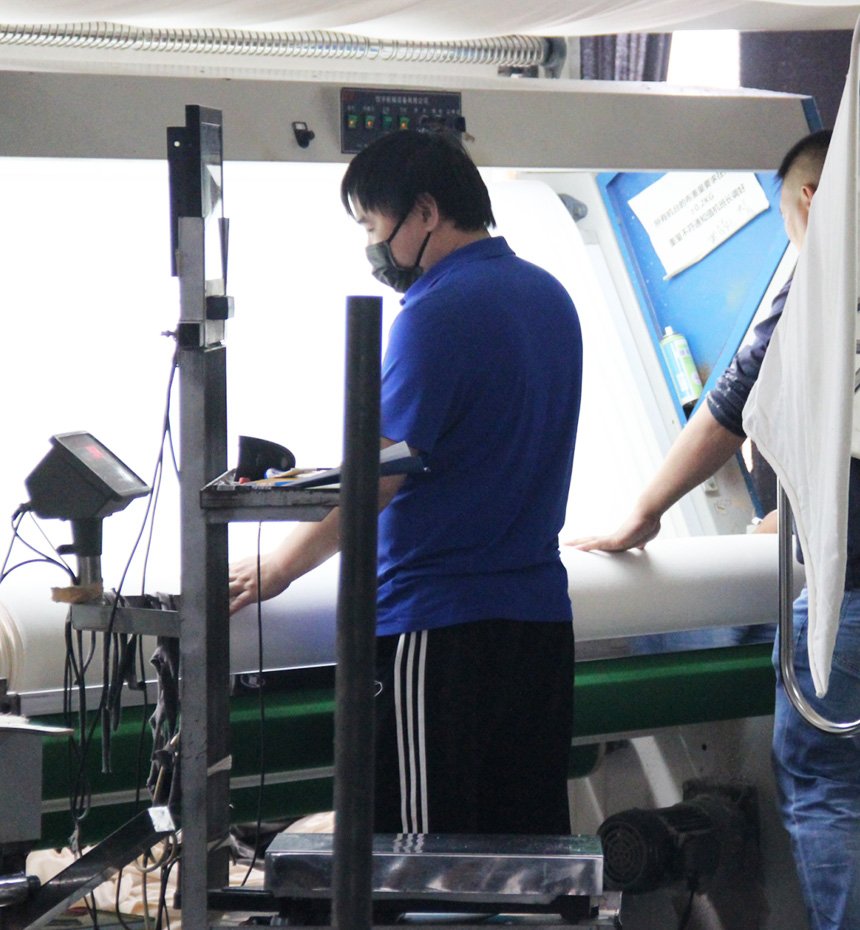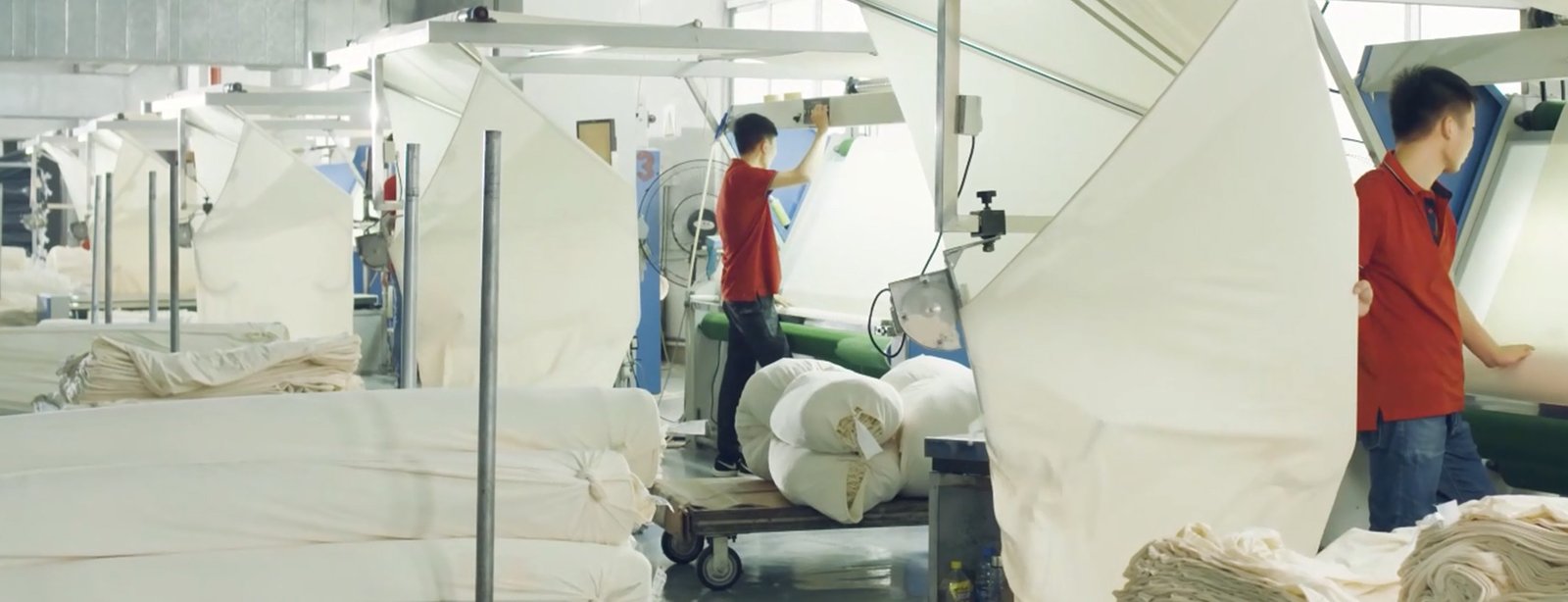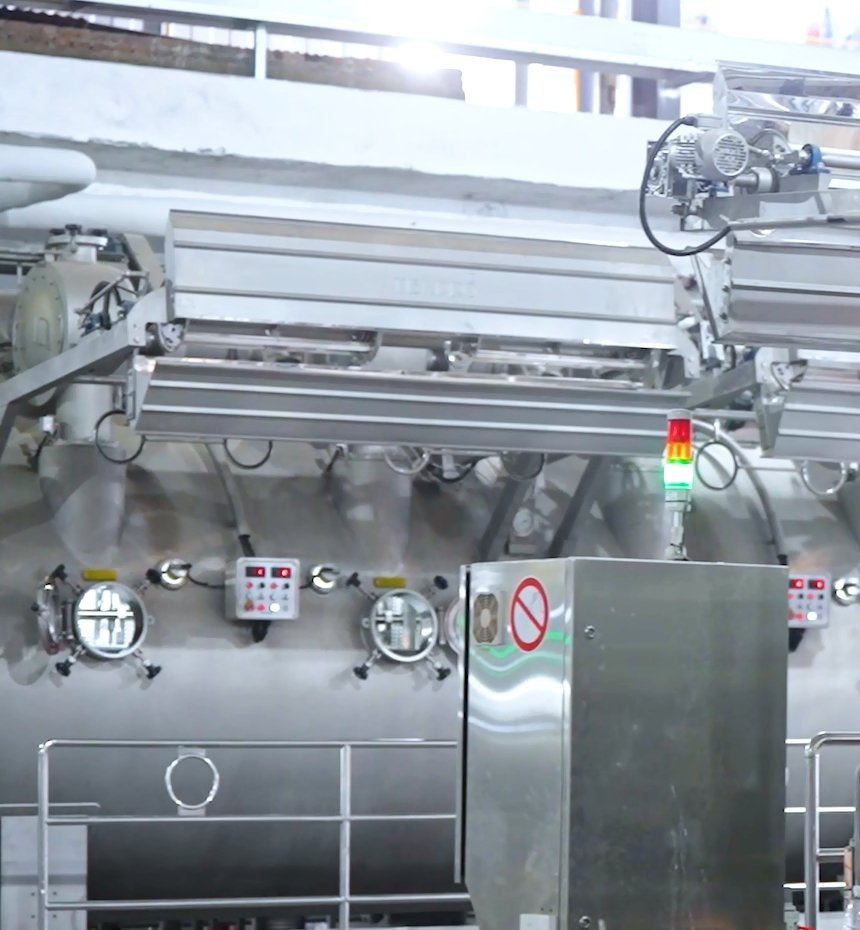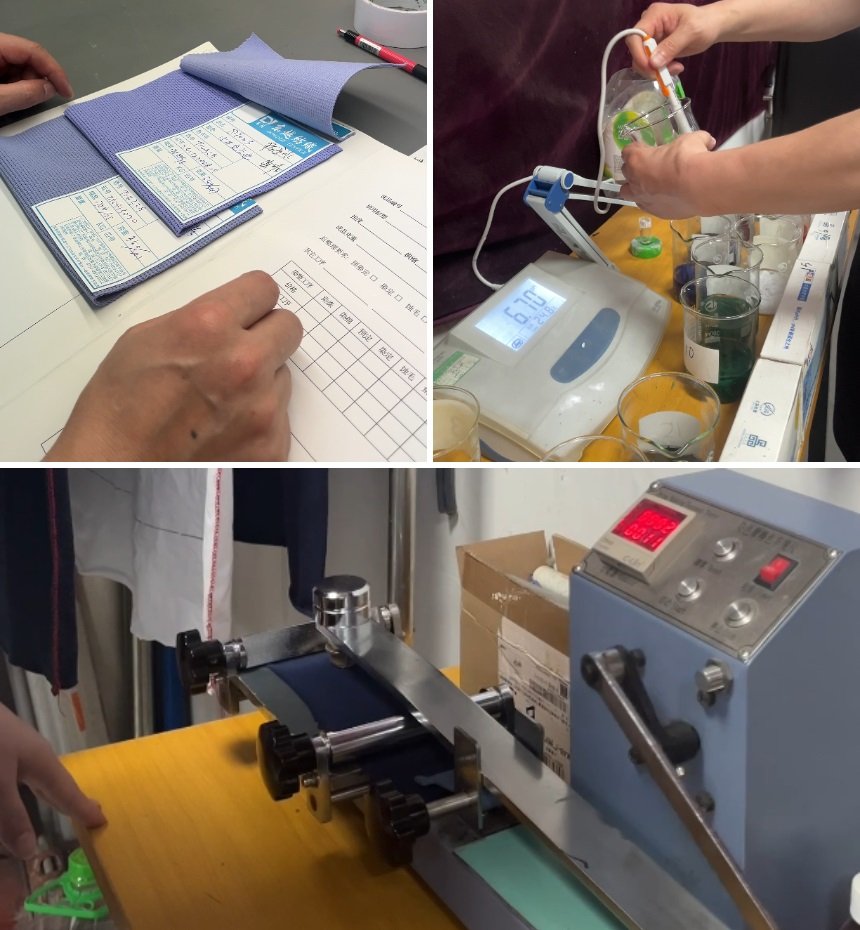
1. Checking Your Knit Fabric Early: The Half-Finished Inspection
Quality starts taking shape even before the fabric receives its final color and texture. Once the fibers have been looped into structure—but prior to dyeing or finishing—every roll undergoes a critical inspection. This early-stage assessment acts as the first line of defense against imperfections. By detecting issues like uneven loops or broken threads, defects are prevented from becoming permanent. Specialized lighting and high-precision tools are employed to examine surface integrity and uniformity. The data gathered at this point helps recalibrate knitting machines in real time, correcting deviations before they multiply further down the line



